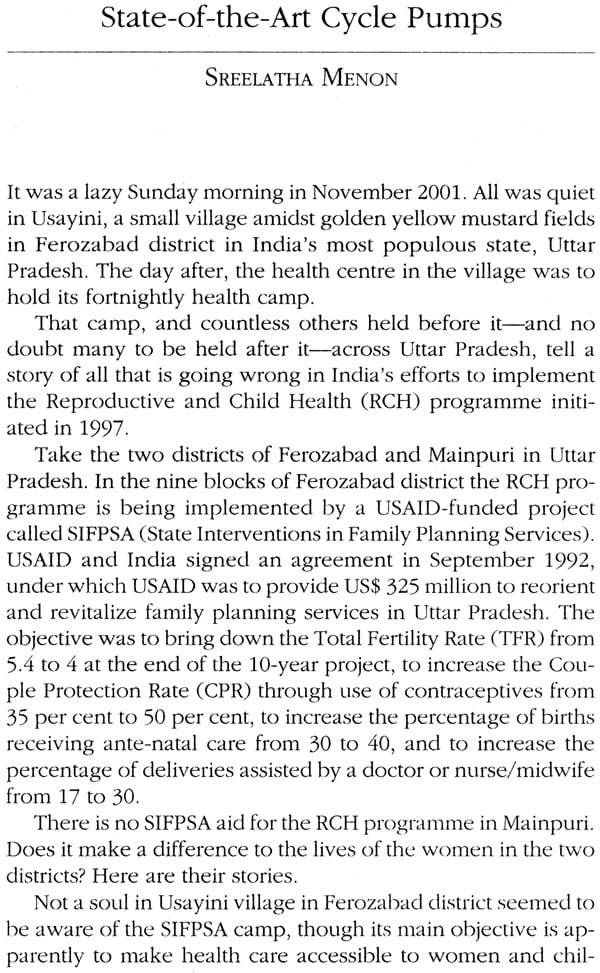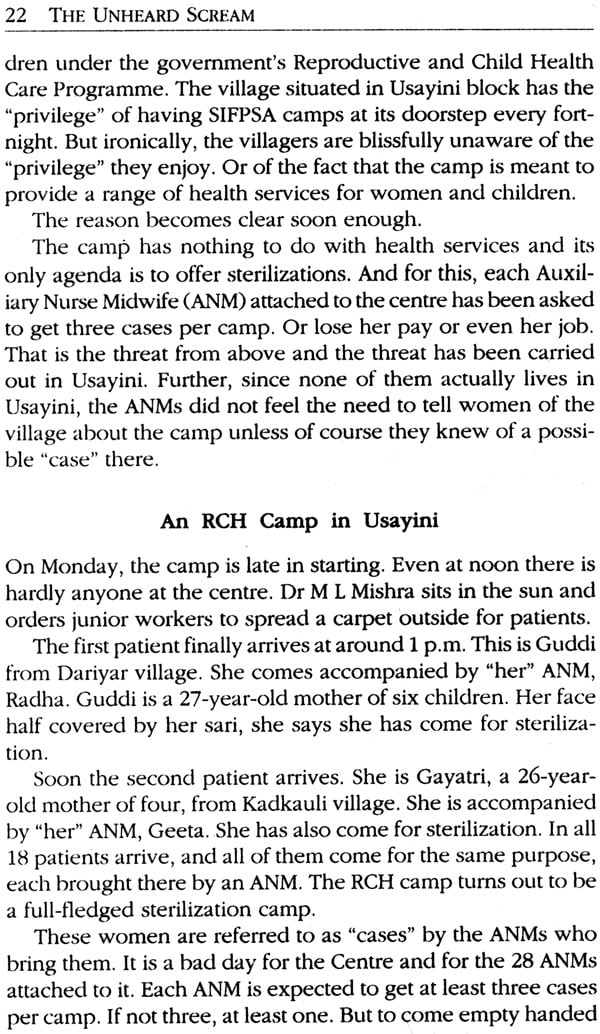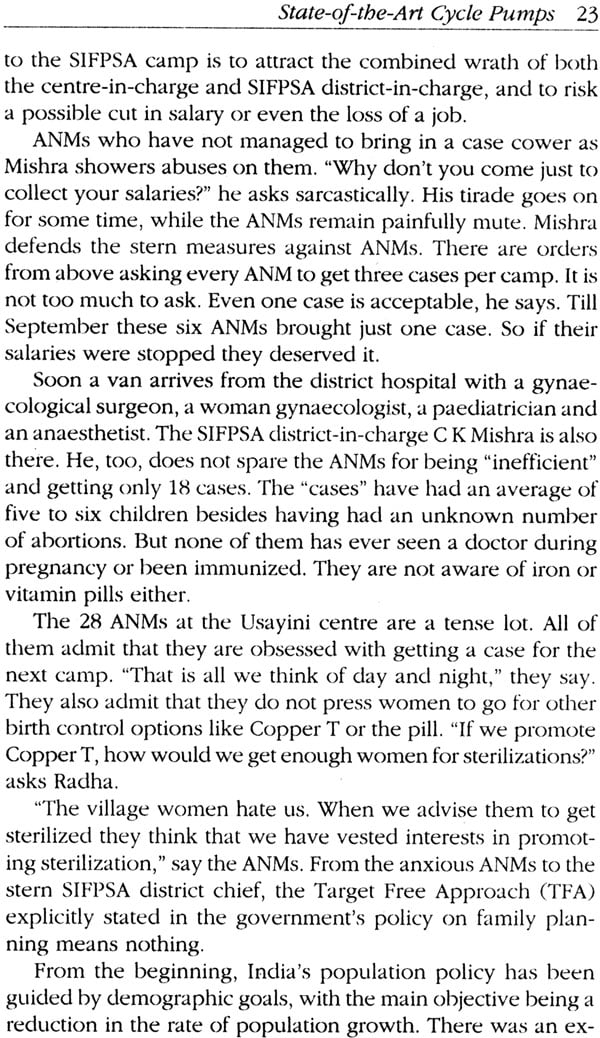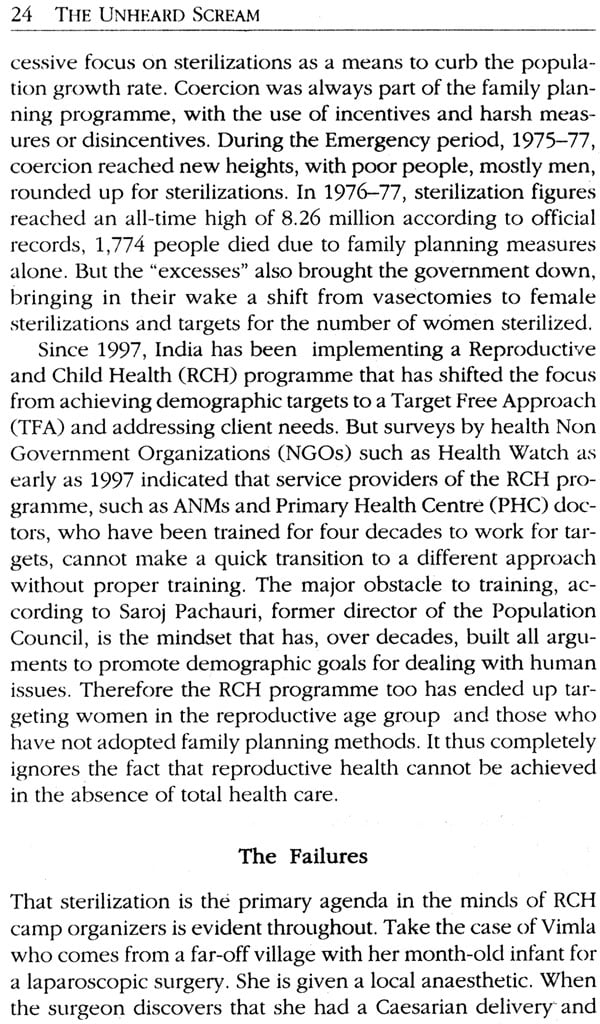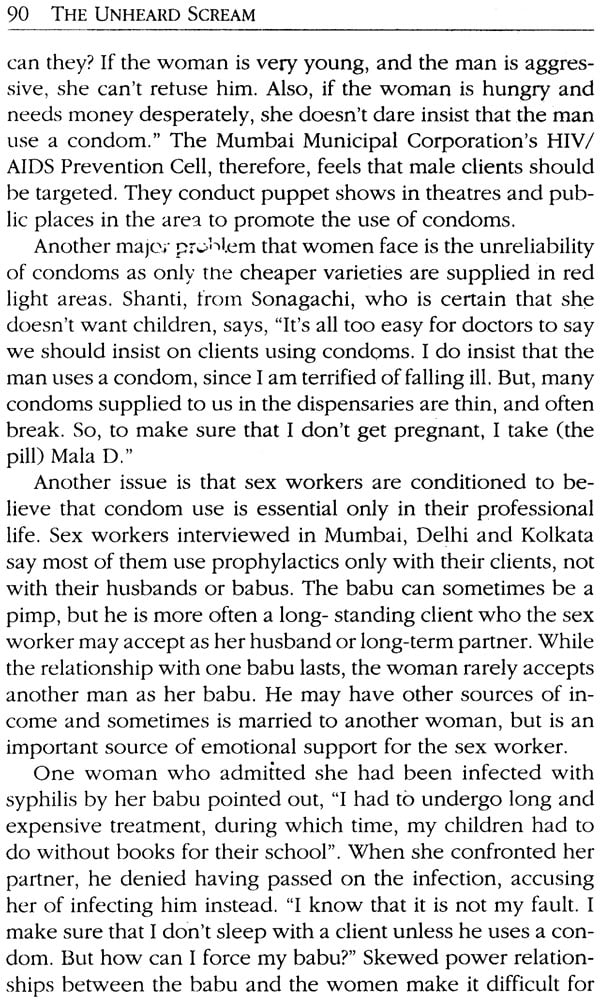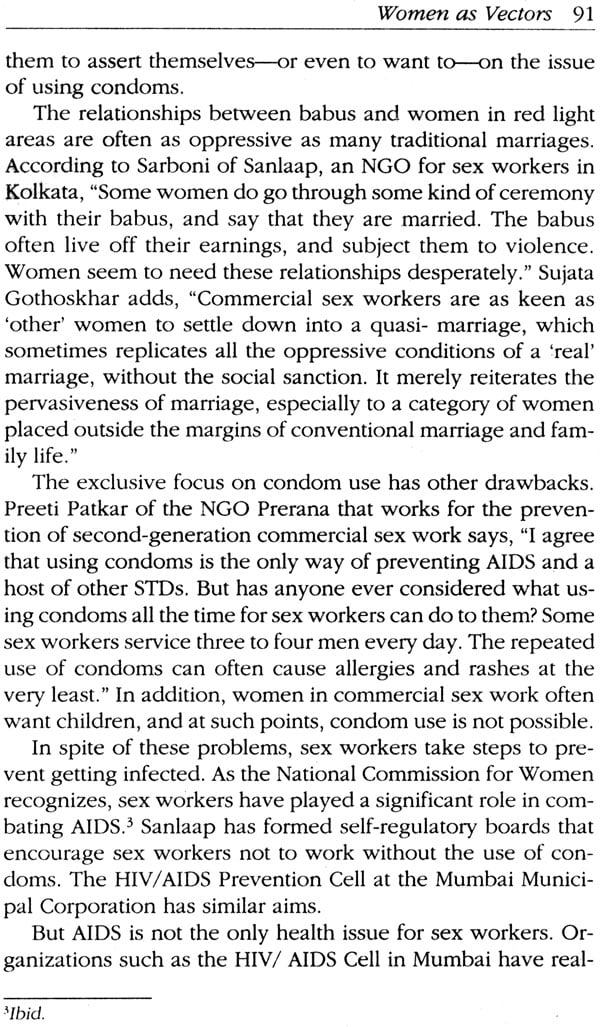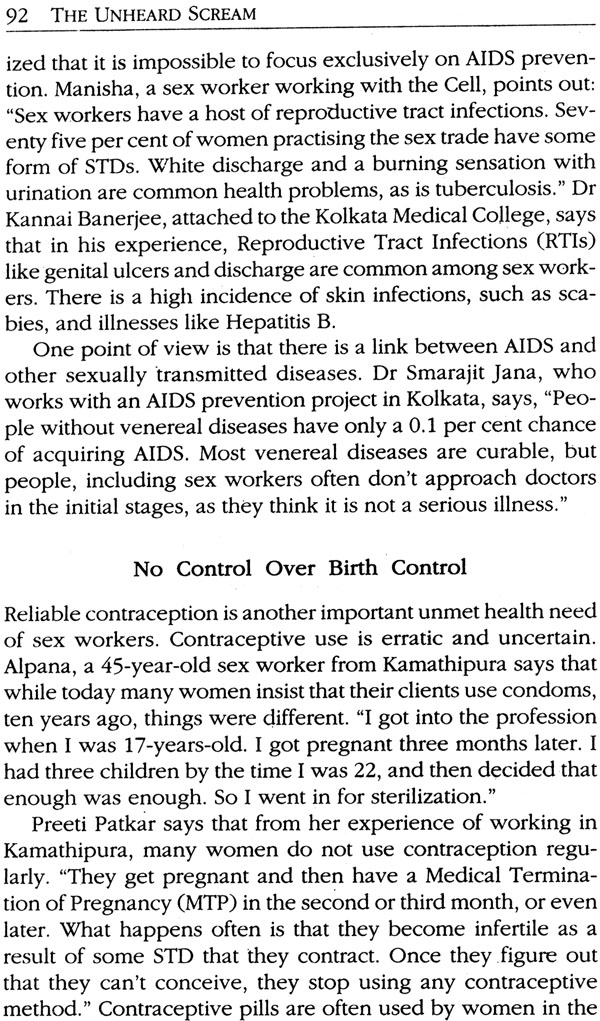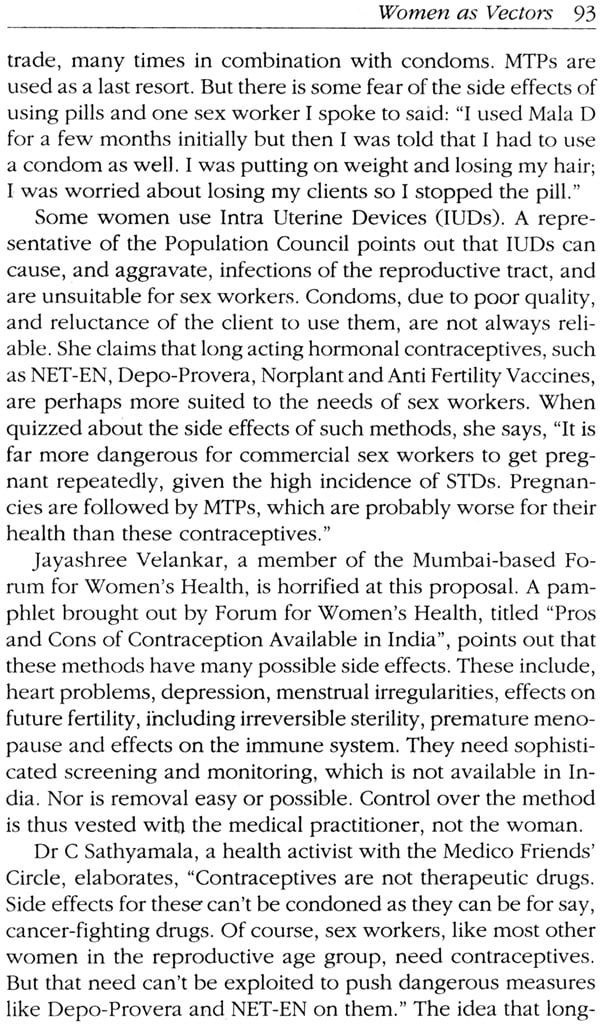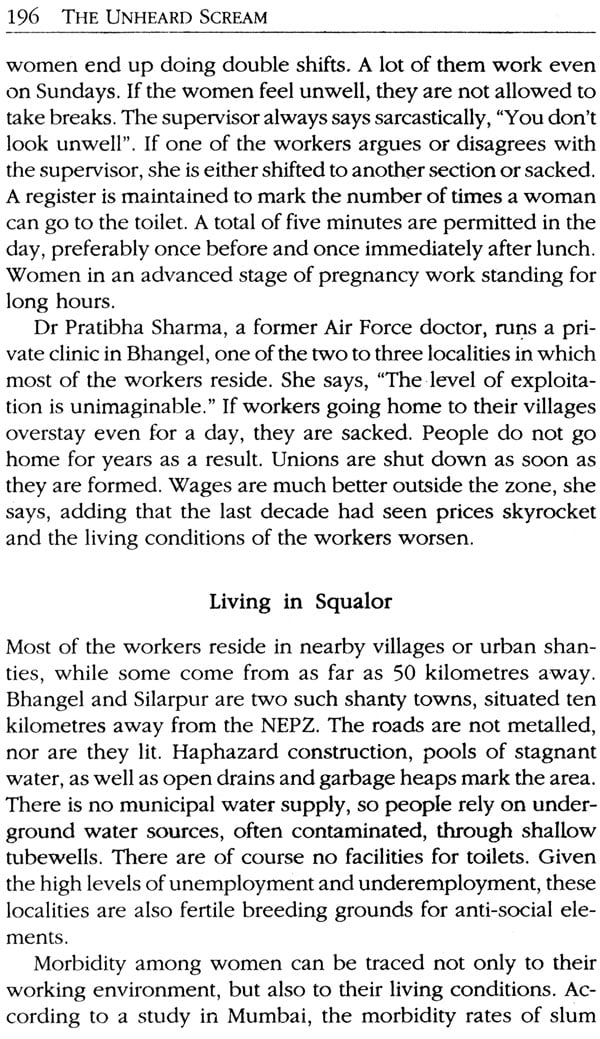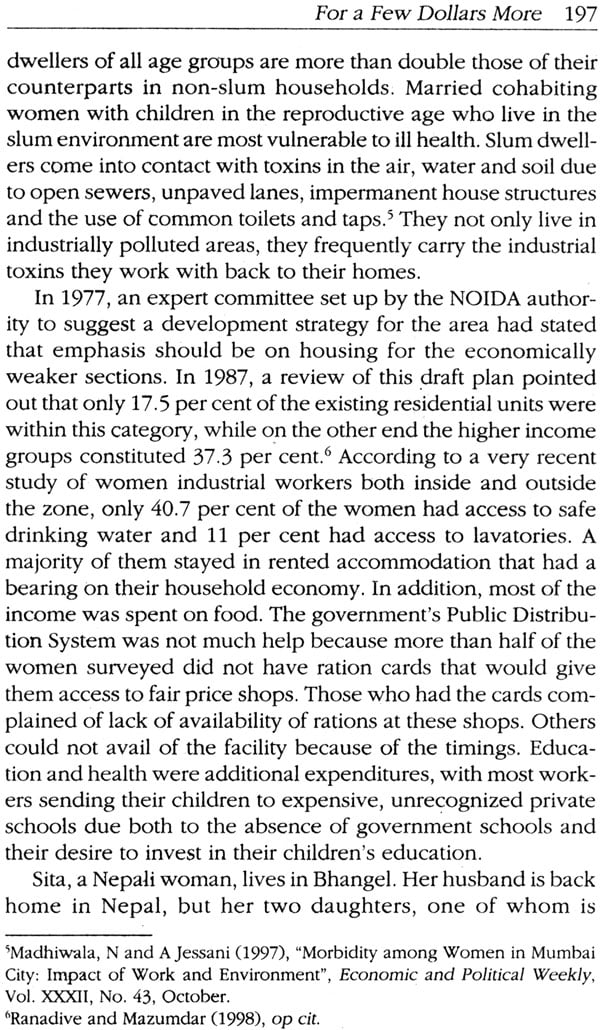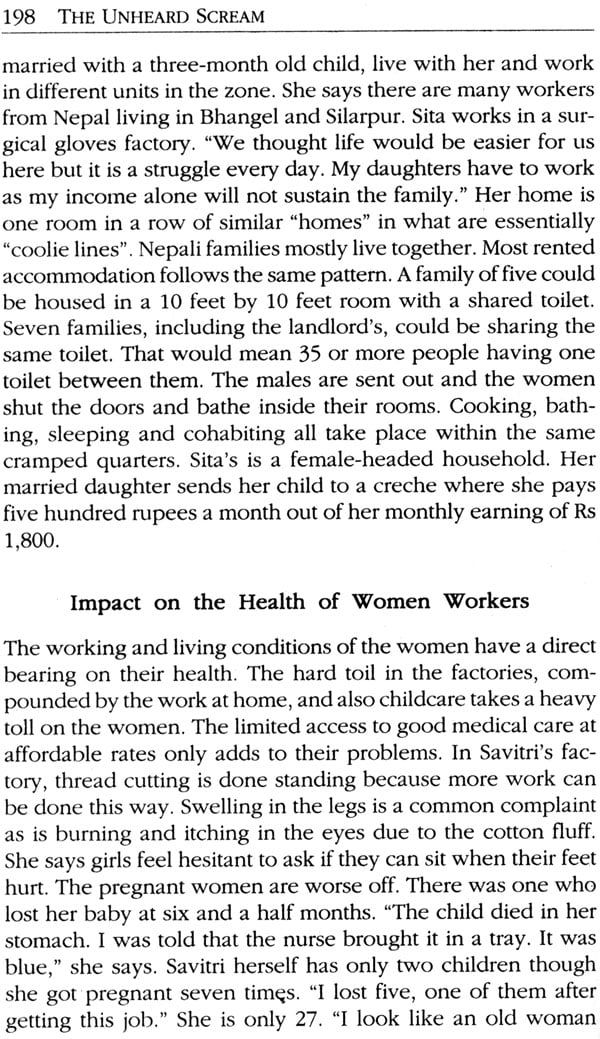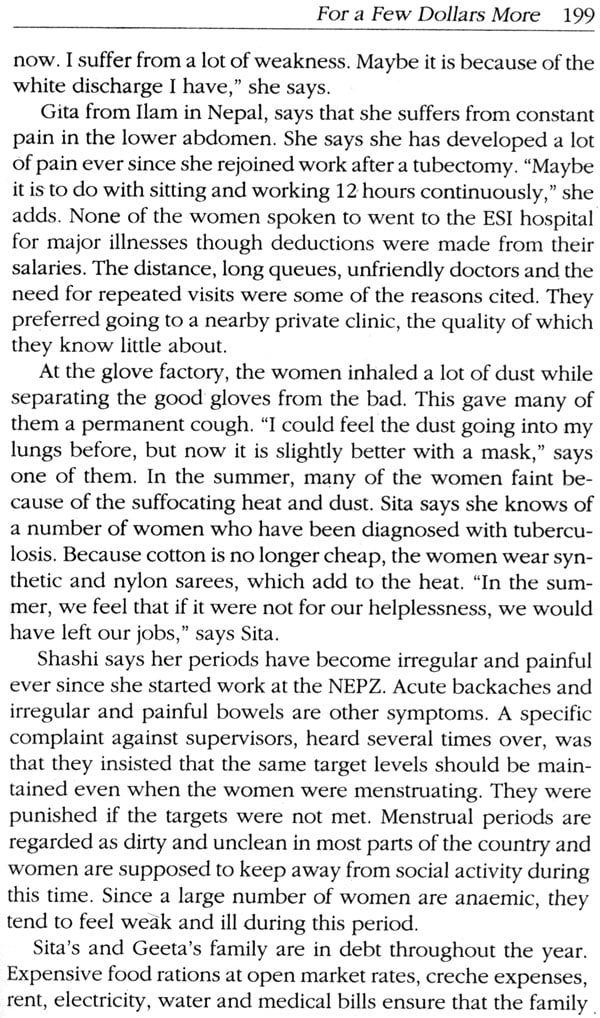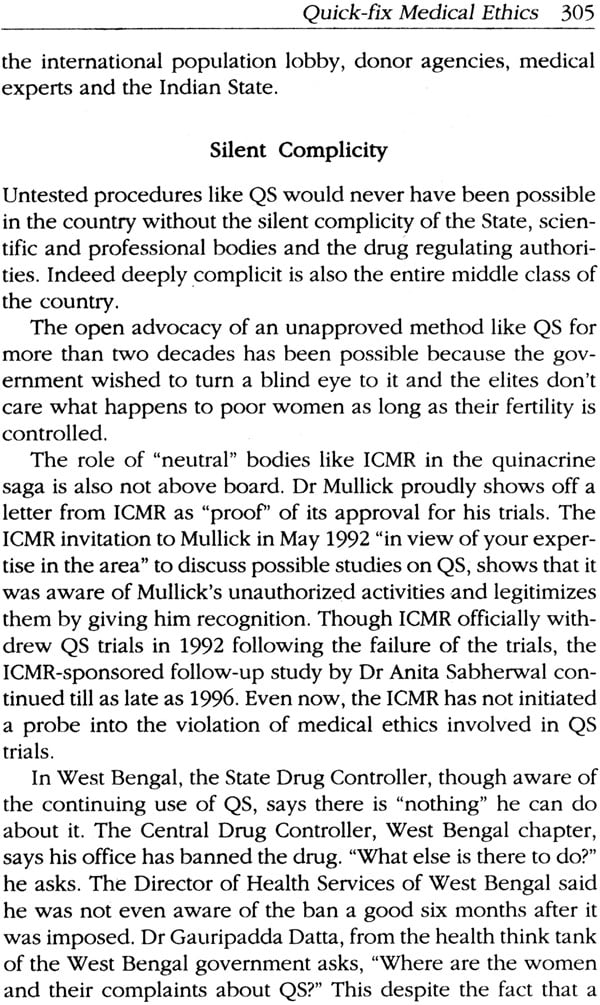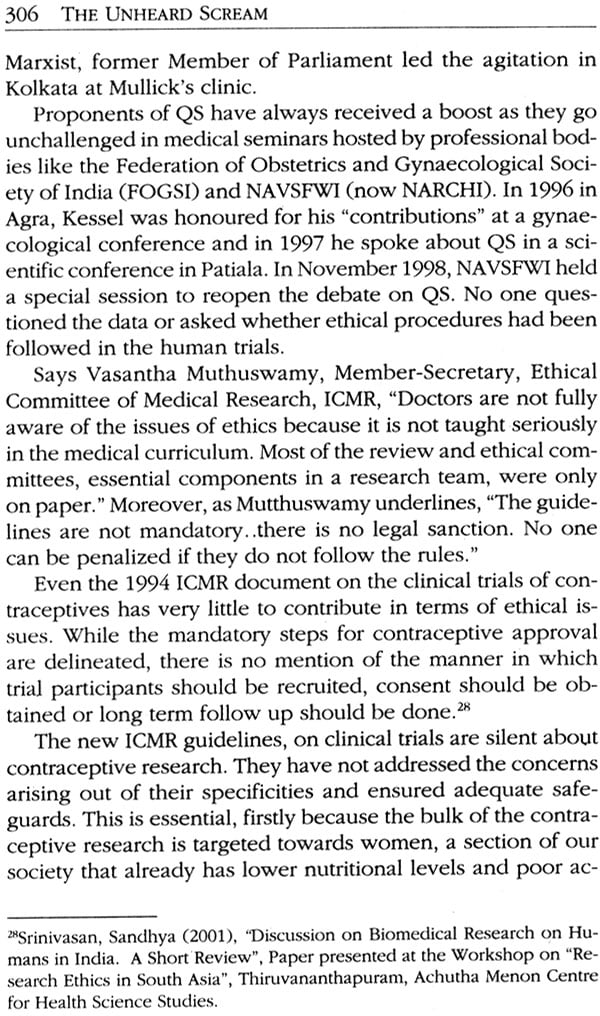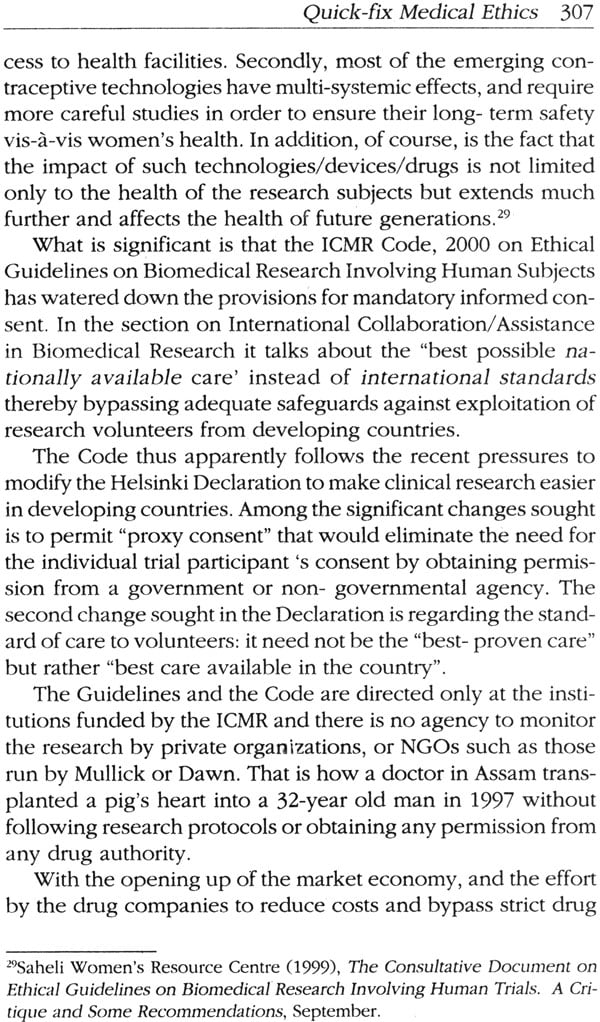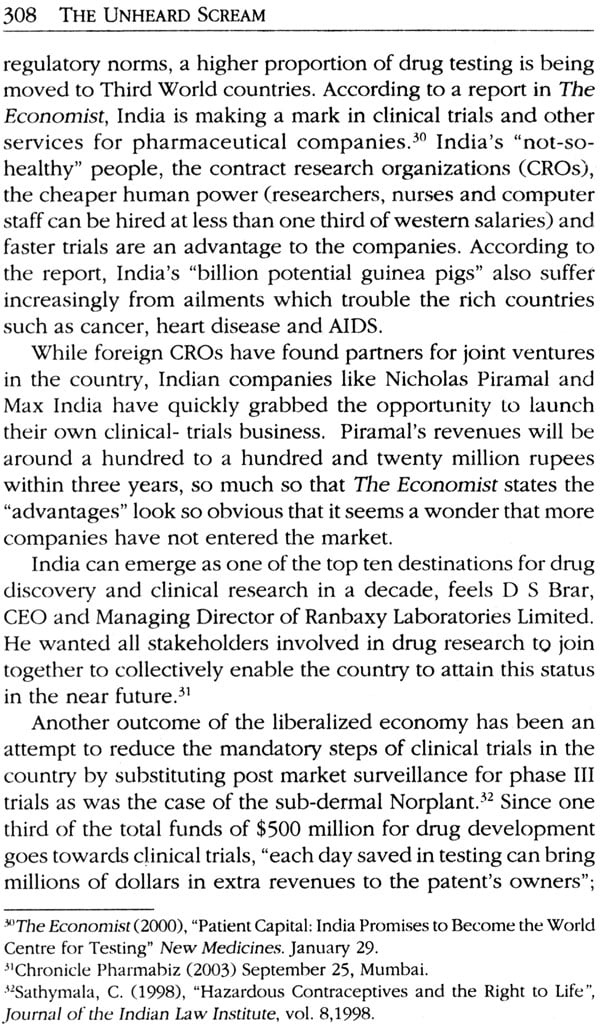
The Unheard Scream (Reproductive Health and Women’s Lives in India)
Book Specification
| Item Code: | NAG068 |
| Author: | Mohan Rao |
| Publisher: | Zubaan Publications |
| Language: | English |
| Edition: | 2008 |
| ISBN: | 9788186706701 |
| Pages: | 320 |
| Cover: | Hardcover |
| Other Details | 8.5 inch X 5.5 inch |
| Weight | 530 gm |
Book Description
About the Book
The International conference on population and development (ICPD) at Cairo brought about a "paradigm shift" in the way population is conceptualized. This involves going beyond material health and family planning to the broader framework of reproductive health and rights. How has India fared with the paradigm shift? Is this about population control by other means? Is it about the social roots of illness, disease and death among women? This revelatory collection of essays by journalists explores a range of issues from the quinacrine sterilization scandal to the rip off that is the assisted reproduction industry to the declining age of marriage among Muslim girls in Malabar. Winners of the panos reproductive health media fellowship these journalists reveal how issues in women’s health are deeply imbricated in the lives of Indian women.
About the Author
Mohan Rao teaches at the centre of social medicine and community health, Jawaharlal Nehru University, New Delhi. He is the author of Malthusian arithmetic: from population control to reproductive health and has edited disinvesting in health: the World Bank’s prescriptions for health (2000).
Introduction
The last two decades of the twentieth century resonated with intense debates about reproductive health and rights, and in- deed wrongs. These debates embraced women's rights activists, public health workers, policy makers, donors and academics. One stream of argument sees all reference to reproductive rights-which it resolutely fights-as undermining the family and the community, and is associated with the position of the Vatican, some Islamic countries and, more importantly, the Protestant fundamentalists increasingly setting the agenda in the USA. Another stream, at the opposite end of the ideo-logical spectrum, argues that reproductive rights may perhaps represent population control by other means, and that issues of reproduction must necessarily be linked with wider socio- economic concerns. Between the two are a range of institutions at the international level that have brought the agenda of reproductive rights centre stage, not least among them the World Bank and the Population Council. Placing reproductive rights quarely on the world agenda was the International Conference on Population and Development (ICPD) held at Cairo in 1994.
There was a coming together of seemingly opposed groups in crafting the "Cairo consensus". On the one hand there was the population control establishment, composed of a wide array of actors ranging from the World Bank and the Population Council to a number of NGOs, nation states, health personnel and academics (Bandarage 1997).1 This extremely influential group apparently realized that the demographic goal of reducing fertility could not be attained without taking into account women's ability to make decisions regarding reproduction and fertility. In other words, even for purely instrumental reasons, there had to be a change in approach to the population issue. On the other hand were the women's rights activists, feminist academics and some health activists. Many of them undoubtedly brought to the fore First World feminist concerns-in particular the right to abortion, increasingly threatened since the religious Right came to influence policy under the Reagan and the two Bush presidencies. Others had indeed campaigned against coercive population control programmes and policies in the Third World. They were united in opposition to fundamentalist groups from the USA and from conservative Islamic countries and the Vatican (Petchesky and Iudd 1998).2 It is important however to remember, as Ravindran points out, that demands for reproductive rights and health did not originate in Cairo, and were not an idea formulated by the population control agencies or other international agencies that supported them (Ravindran 1998). Nevertheless it is as the Cairo consensus that they cast their influential shadow.
The Cairo consensus has been described as a landmark accord, a turning point in the history of the population field, a sea change in the way population and reproductive health are conceptualized (Haberland and Measham 2002). More frequently it has been described as a paradigm shift in the way population and development are understood. Indeed it has been described as revolutionary (Cornwall and Welbourn
2002).
The Cairo consensus was a significant, if somewhat modest, step forward. It meant a break from the past in various ways. It signalled a move away from demographically driven population policies that "attribute poverty and environmental degradation to women's high fertility, and, in turn, women's high fertility to an absence of information and methods" (Petchesky, R 1998: 2).6 It also challenged the "moral arsenal" of Christian, Hindu or Islamic fundamentalists to curtail the rights of women in the name of tradition or culture, often fraudulent and concocted. It meant, further, a redefining of the population field that had neglected sexuality and gender roles, focusing instead largely on outcomes such as contraceptive efficacy or declines in birth rates, or, more recently, reproductive infections (Dixon-Mueller 1993).7 Above all, it provided a fillip-and sanction from international covenant-to health and women's groups fighting coercive population programmes (while fighting for women's rights) in a number of countries. It was now possible for these groups to argue that these programmes violated international covenants that their governments were signatory to.
Contents
| Cairo and After | |
| Flip Flops on population policy | 1 |
| State of the art cycle pumps | 21 |
| Selling the parenthood dream | 45 |
| Grass widows of Bihar | 67 |
| Women as vectors | |
| Health and the rights of sex workers in India | 87 |
| Even if we shout there is no one to hear | |
| Reproductive health issues among the marginalizedpopulation of Nagaland | 109 |
| The silent transition | |
| Indian women and menopause | 127 |
| The gulf wife syndrome | 148 |
| Safe motherhood, unsafe deliveries | 168 |
| For a few dollars more women in export processingzones | 189 |
| The politics of silence | |
| Introducing sex education in India | 213 |
| Women and AIDS in India | |
| Doubly discriminated | 239 |
| The land of vanishing girls | |
| Sex selective abortion in Punjab | 259 |
| Quick fix medical ethics | |
| Quinacrine sterilization and the ethics of contraceptivetrials | 279 |
| Contributors | 310 |
